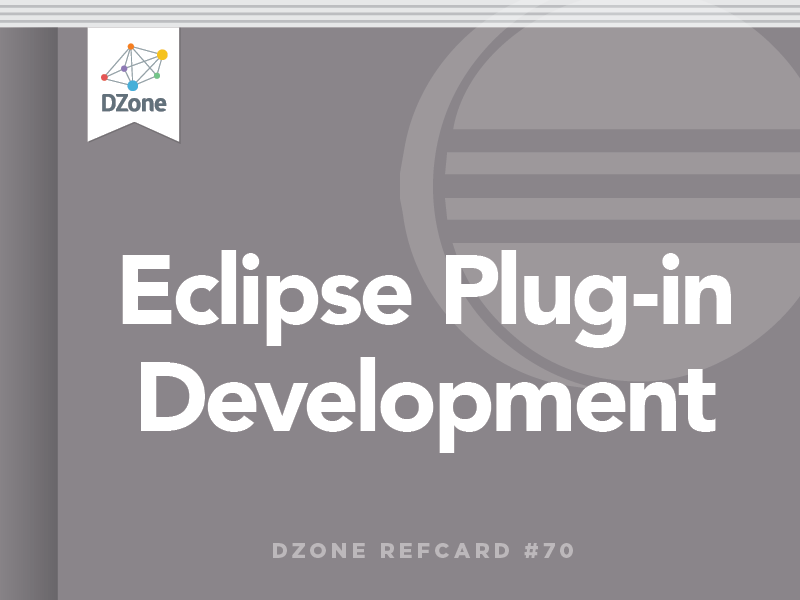When developing your plug-in, you should be aware of the wide variety of projects available in the Eclipse eco-system that help make your development easier and faster. This section gives an overview of just a few of the useful projects that exist, and explains how they can be used in your project.
The Eclipse Modelling Project provides a large set of tools for model driven development. The most popular part of this project is the Eclipse Modelling Framework (EMF). Using this technology, you can define a model in the score format, generate Java code to represent, serialize and de-serialize the model. Other tools within the modeling project utilize EMF to provide more specialized frameworks for developers.
The Connected Data Objects (CDO) project provides a three tier architecture for distributed and shared models.
The Graphical Modelling Framework (GMF) allows you to generate graphical editors for your model based on EMF and the Graphical Editing Framework (GEF). For developers who want to provide textual editor for their own language or DSL, XText provides a EBNF grammar language and generates a parser, meta-model and Eclipse text editor from this input.
If your plugin requires any communication functionality, the ECF project is the first place to look. ECF consists of a number of bundles that expose various communication APIs. These APIs range from instant messaging, dynamic service discovery, file transfer to remote and distributed OSGi. Real-time shared editing functionality is also available in the framework, allowing you to collaborate remotely on anything that you are editing within your plug-in's environment.
BIRT is an open source reporting system based on Eclipse. BIRT provides both programmatic access to report creation, as well as functionality to create your own report template within the Eclipse IDE. While BIRT allows you to generate reports in file formats such as PDF, it is also possible to use BIRT on an application server to serve reports through a web browser.
As we have described in this card, Equinox is the Eclipse implementation of the OSGi R4 core framework specification, and provides the real runtime for all your plug-ins. However, as well as running your plug-ins on the desktop on an instance of Eclipse, you can take Equinox and run it on a server, allowing your plug-in to run on browsers as well as the desktop.
With the emergence of the web as a real platform for rich applications, the Rich Ajax Platform allows you to take a standard RCP project, and with some minor modifications, make it deployable to the web. This idea of single-sourcing is key to the RAP project, and reduces the burden for developers to make an application ready for either the desktop or the web.
The same programming model is used, while qooxdoo is used for the client side presentation of your SWT and JFace widgets.





